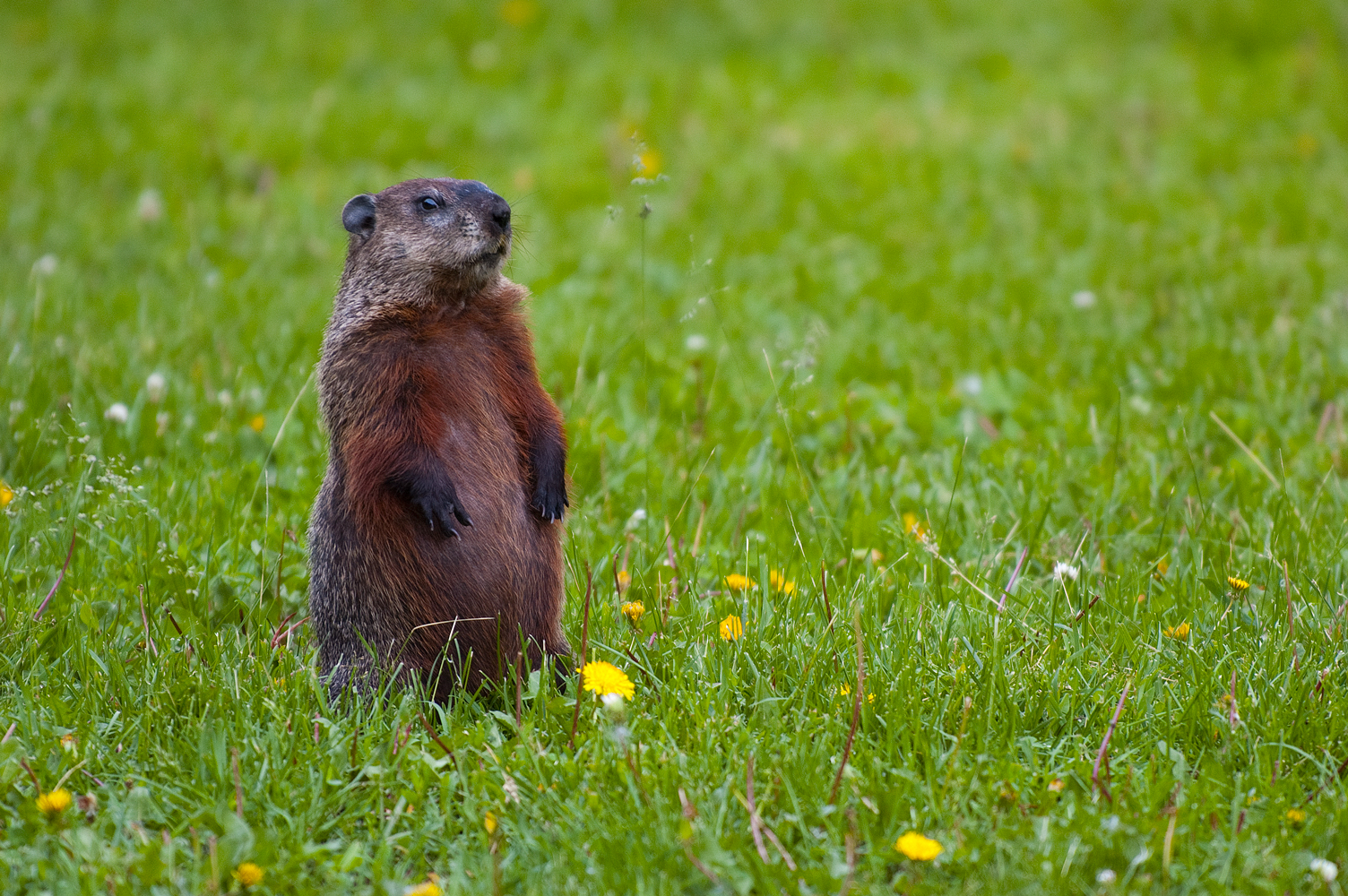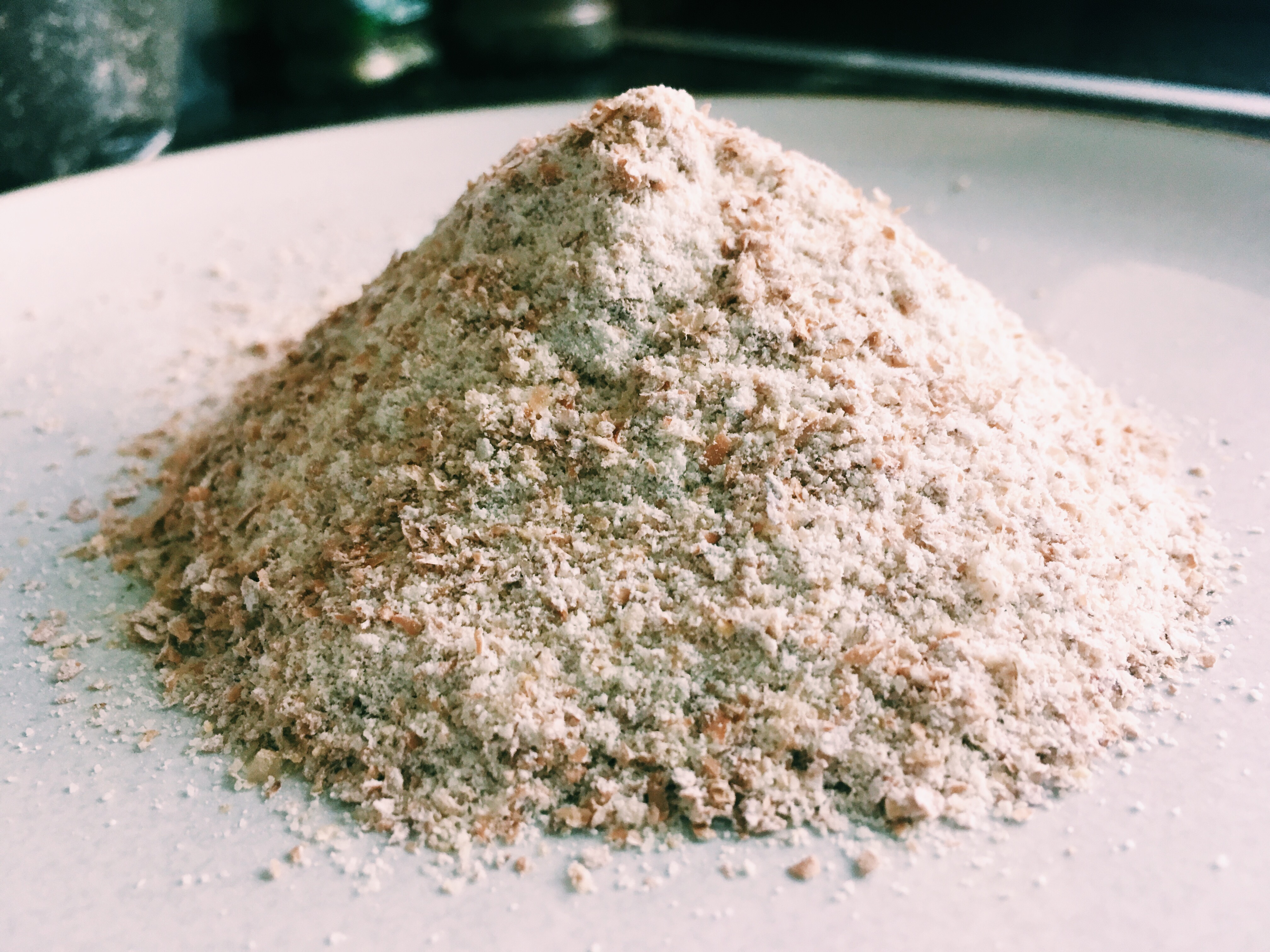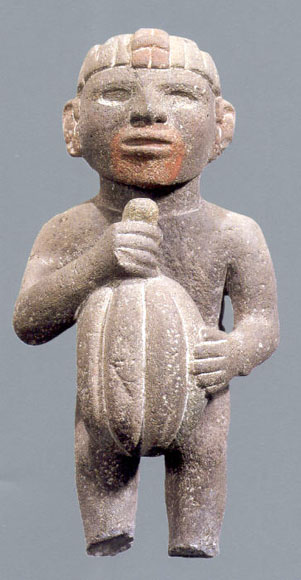|
Crêpe
A crêpe or crepe ( or , , ) is a dish made from unleavened batter or dough that is cooked on a frying pan or a griddle. Crêpes are usually one of two varieties: ''sweet crêpes'' () or ''savoury galettes'' (). They are often served with a wide variety of fillings such as cheese, fruit, vegetables, meats, and a variety of spreads. Crêpes can also be flambéed, such as in crêpes Suzette. Etymology The French term "" derives from , the feminine version of the Latin word , which means "curled, wrinkled, having curly hair." Traditions In France, crêpes are traditionally served on the Christian holiday Candlemas (), on February 2. On that day in 472, Pope Gelasius I offered crepes as sacramental bread to French pilgrims that were visiting Rome for the Chandeleur. The sacramental bread was replaced by crêpes in France, and the day became known as "Le Jour des Crêpes" ("The Day of the Crêpes"). The day is also celebrated by many as the day that marks the transiti ... [...More Info...] [...Related Items...] OR: [Wikipedia] [Google] [Baidu] |
Candlemas
Candlemas, also known as the Feast of the Presentation of Jesus Christ, the Feast of the Purification of the Blessed Virgin Mary, or the Feast of the Holy Encounter, is a Christian holiday, Christian feast day commemorating the presentation of Jesus at the Temple by Saint Joseph, Joseph and Mary, mother of Jesus, Mary. It is based upon the account of the presentation of Jesus in Luke 2, Luke 2:22–40. According to the Old Testament rules in Leviticus 12, a woman was to be ritual purification, purified by presenting a lamb as a burnt offering, and either a young pigeon or dove as sin offering, 33 days after a boy's circumcision. The feast falls on 2 February, which is traditionally the 40th day of and the conclusion of the Christmastide, Christmas–Epiphany season, Epiphany season. While it is customary for Christians in some countries to remove their Christmas decorations on Twelfth Night (holiday), Twelfth Night (Epiphany Eve), those in other Christianity by country, Chris ... [...More Info...] [...Related Items...] OR: [Wikipedia] [Google] [Baidu] |
Brittany
Brittany ( ) is a peninsula, historical country and cultural area in the north-west of modern France, covering the western part of what was known as Armorica in Roman Gaul. It became an Kingdom of Brittany, independent kingdom and then a Duchy of Brittany, duchy before being Union of Brittany and France, united with the Kingdom of France in 1532 as a provinces of France, province governed as a separate nation under the crown. Brittany is the traditional homeland of the Breton people and is one of the six Celtic nations, retaining Culture of Brittany, a distinct cultural identity that reflects History of Brittany, its history. Brittany has also been referred to as Little Britain (as opposed to Great Britain, with which it shares an etymology). It is bordered by the English Channel to the north, Normandy to the northeast, eastern Pays de la Loire to the southeast, the Bay of Biscay to the south, and the Celtic Sea and the Atlantic Ocean to the west. Its land area is 34,023 ... [...More Info...] [...Related Items...] OR: [Wikipedia] [Google] [Baidu] |
Breakfast
Breakfast is the first meal of the day usually eaten in the morning. The word in English refers to breaking the fasting period of the previous night. Various "typical" or "traditional" breakfast menus exist, with food choices varying by regions and traditions worldwide. History In Old English, a regular morning meal was called , and the word ''dinner'', which originated from Gallo-Romance ''desjunare'' ("to break one's fast"), referred to a meal after fasting. Around the mid-13th century, that meaning of ''dinner'' faded away, and around the 15th century "breakfast" came into use in written English to describe a morning meal. Anderson, p. 5 Ancient breakfast Ancient Egypt In Ancient Egypt, peasants ate a daily meal, most likely in the morning, consisting of soup, beer, bread, and onions before they left for work in the fields or work commanded by the pharaohs. The traditional breakfast believed to have been cooked in ancient Egypt was fūl (made from fava beans, possib ... [...More Info...] [...Related Items...] OR: [Wikipedia] [Google] [Baidu] |
Sacramental Bread
Sacramental bread, also called Communion bread, Communion wafer, Sacred host, Eucharistic bread, the Lamb or simply the host (), is the bread used in the Christian ritual of the Eucharist. Along with sacramental wine, it is one of two elements of the Eucharist. The bread may be either leavened or unleavened, depending on tradition. Catholic theology generally teaches that at the Words of Institution the bread's substance is changed into the Body of Christ, a process known as transubstantiation. Conversly, Eastern Christian theology generally views the epiclesis as the point at which the change occurs. Christianity Etymology of ''host'' The word ''host'' is derived from the Latin , which means 'sacrificial victim'. The term can be used to describe the bread both before and after consecration, although it is more correct to use it after consecration. Eastern traditions With the exception of Churches of the Armenian Rite, the Maronite Church, and the Syro-Malabar Church, ... [...More Info...] [...Related Items...] OR: [Wikipedia] [Google] [Baidu] |
Groundhog Day
Groundhog Day (, , , ; Lunenburg County, Nova Scotia, Lunenburg, Nova Scotia: Daks Day) is a tradition observed regionally in the United States and Canada on February 2 of every year. It derives from the Pennsylvania Dutch superstition that if a groundhog emerges from its burrow on this day and sees its shadow, it will retreat to its den and winter will go on for six more weeks; if it does not see its shadow, spring will arrive early. In 2025, the shadow was seen, auguring six more weeks of winter. While the tradition remains popular in the 21st century, studies have found no consistent association between a groundhog seeing its shadow and the subsequent arrival time of spring-like weather. The weather lore was brought from German-speaking areas where the badger () is the forecasting animal, while in Hungary for example the bear serves the same purpose, and Badger, badgers were only watched when Bear, bears were not around. It is related to the lore that clear weather on the Chr ... [...More Info...] [...Related Items...] OR: [Wikipedia] [Google] [Baidu] |
Louis D'or
The Louis d'or () is any number of French coins first introduced by Louis XIII in 1640. The name derives from the depiction of the portrait of King Louis on one side of the coin; the French royal coat of arms is on the reverse. The coin was replaced by the French franc at the time of the revolution and later the similarly valued Napoléon. The actual value of the coins fluctuated according to monetary and fiscal policy (see livre tournois), but in 1726 the value was stabilized. The 1640 issue of Louis d’or contained five denominations: a half Louis and a one, two, four, and eight Louis. All subsequent issues through 1793 were only denominated in half, one, and two Louis. Louis XIII The Louis d'or (a gold coin) replaced the franc which had been in circulation (in theory) since John II. In actual practice the principal gold coin circulating in France in the earlier 17th century had been Spanish: the 6.7-gram double ''escudo'' or "doubloon", of which the ''Louis d'or'' was ... [...More Info...] [...Related Items...] OR: [Wikipedia] [Google] [Baidu] |
Wheat Flour
Wheat flour is a powder made from the grinding of common wheat used for human consumption. Wheat varieties are called "soft" or "weak" if gluten content is low, and are called "hard" or "strong" if they have high gluten content. Hard flour, or ''bread flour'', is high in gluten, with 12% to 14% gluten content, and its dough has elastic toughness that holds its shape well once baked. Soft flour is comparatively low in gluten and thus results in a loaf with a finer, crumbly texture. Soft flour is usually divided into cake flour, which is the lowest in gluten, and pastry flour, which has slightly more gluten than cake flour. In terms of the parts of the grain (the grass fruit) used in flour—the endosperm or protein/starchy part, the germ or protein/fat/vitamin-rich part, and the bran or fiber part—there are three general types of flour. White flour is made from the endosperm only. Brown flour includes some of the grain's germ and bran, while whole grain or ''wholemeal flour' ... [...More Info...] [...Related Items...] OR: [Wikipedia] [Google] [Baidu] |
Cocoa Bean
The cocoa bean, also known as cocoa () or cacao (), is the dried and fully fermented seed of ''Theobroma cacao'', the cacao tree, from which cocoa solids (a mixture of nonfat substances) and cocoa butter (the fat) can be extracted. Cacao trees are native to the Amazon rainforest. They are the basis of chocolate and Mesoamerican foods including tejate, an indigenous Mexican drink. The cacao tree was first domesticated at least 5,300 years ago by the Mayo-Chinchipe culture in South America before it was introduced in Mesoamerica. Cacao was consumed by pre-Hispanic cultures in spiritual ceremonies, and its beans were a common currency in Mesoamerica. The cacao tree grows in a limited geographical zone; today, West Africa produces nearly 81% of the world's crop. The three main varieties of cocoa plants are Forastero, Criollo, and Trinitario, with Forastero being the most widely used. In 2024, global cocoa bean production reached 5.8 million tonnes, with Ivory Coast leading a ... [...More Info...] [...Related Items...] OR: [Wikipedia] [Google] [Baidu] |
Dessert
Dessert is a course (food), course that concludes a meal; the course consists of sweet foods, such as cake, biscuit, ice cream, and possibly a beverage, such as dessert wine or liqueur. Some cultures sweeten foods that are more commonly umami, savory to create desserts. In some parts of the world, there is no tradition of a dessert course to conclude a meal. Historically, the dessert course consisted entirely of foods 'from the storeroom' (''de l’office''), including fresh, stewed, preserved, and dried fruits; nuts; cheese and other dairy dishes; Cookie, dry biscuits (cookies) and wafers; and ices and Ice cream, ice creams. Sweet dishes from the kitchen, such as freshly prepared pastries, meringues, custards, puddings, and baked fruits, were served in the Entremet, entremets course, not in the dessert course. By the 20th century, though, sweet entremets had come to be included among the desserts. The modern term ''dessert'' can apply to many sweets, including fruit, custard ... [...More Info...] [...Related Items...] OR: [Wikipedia] [Google] [Baidu] |
Hazelnut
The hazelnut is the fruit of the hazel tree and therefore includes any of the nuts deriving from species of the genus '' Corylus'', especially the nuts of the species ''Corylus avellana''. They are also known as cobnuts or filberts according to species. Hazelnuts are used as a snack food, in baking and desserts, and in breakfast cereals such as muesli. In confectionery, they are used to make praline, and also used in combination with chocolate for chocolate truffles and products such as chocolate bars and hazelnut cocoa spreads such as Nutella. They are also used in Frangelico liqueur. Hazelnut oil, pressed from hazelnuts, is strongly flavored and high in monounsaturated fat. It is used as a cooking oil and as a salad or vegetable dressing. Turkey is the world's largest producer of hazelnuts, accounting for 58% of total production in 2023. Description A hazelnut cob is roughly spherical to oval, about long and in diameter, with an outer fibrous husk surrounding a sm ... [...More Info...] [...Related Items...] OR: [Wikipedia] [Google] [Baidu] |







